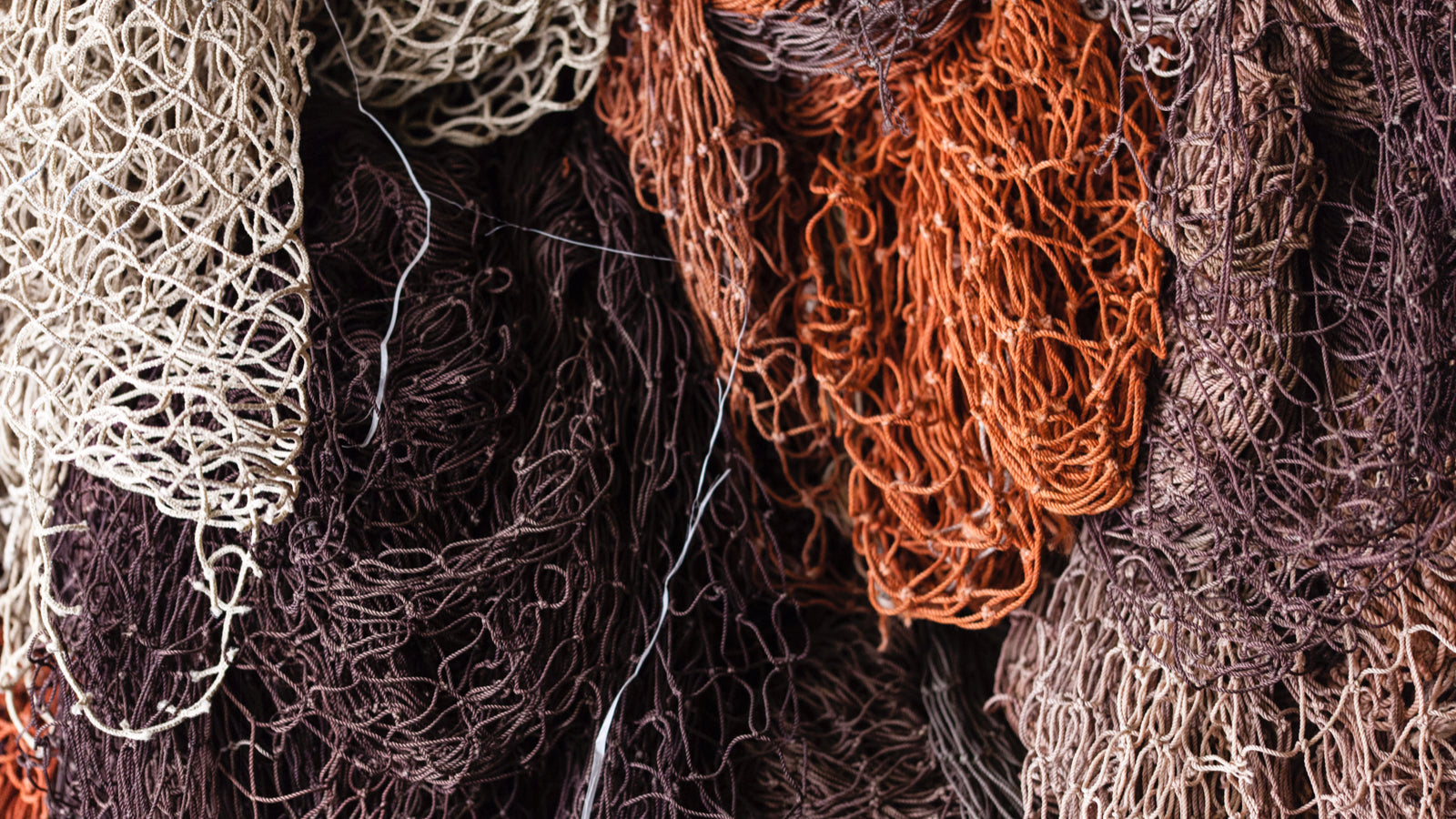Why (Regenerated) Nylon?

GREENSIGHTS
Why (Regenerated) Nylon?
Nylon is used to make the things we use everyday: toothbrushes, clothing, sports gear. Regenerated nylon reduces the global warming impact of nylon by 80%.
5 MINUTE READ
Nylon is considered to be among the world's most versatile synthetic materials. It’s a plastic that can be molded into everyday products or drawn into fibers for making fabrics.
Nylon is part of our everyday lives – it’s what our toothbrushes, clothing, dishes, carpets, and sports gear are often made of.
With household consumption growing every year, eco-conscious companies are starting to innovate new ways to regenerate this plentiful plastic.
Introducing ECONYL®
One such company, Aquafil, began nylon recycling in the 1990s, but did not begin exploration of a comprehensive nylon reuse cycle until 2007, which ultimately led to the development of ECONYL® regenerated nylon and the associated closed-loop process in 2011.
Today, Aquafil has created a worldwide reverse logistics supply chain to receive nylon waste, such as fishing nets, fabric scraps from mills, and old carpets destined for landfills. Once the waste arrives in Slovenia, it's analyzed, treated and prepared to feed a chemical plant where it is reduced to its original building block through a depolymerization process. The result is a transparent liquid, which is the raw material for the production of ECONYL® and presents the exact features of nylon coming from fossil material. A polymerization process then forms polymer chips that are spun into high-quality ECONYL® yarns.
Regenerated nylon reduces the global warming impact of nylon by 80% compared with the material produced from oil. Further, the material can be continuously recycled without loss of quality in the finished product.
4-Step ECONYL® Regeneration Process:
Leading Brands and Designers Begin “Closing the Loop”
Fashion-forward brands and designers use ECONYL® regenerated nylon to create beautiful products that also drive the industry towards a sustainable future by turning trash into treasure.
In fashion, ECONYL is used in high-end designer handbags, clothing, hosiery and lingerie. And in sports, you can find it in high-performance sportswear, swimwear and outdoor apparel.
More specifically, the product has been used by Stella McCartney, Kelly Slater's label Outerknown, Adidas and Speedo swimwear, Levi's, Breitling, and Rapanui.
ECONYL is also used in a newly launched brand of sunglasses called “Sayso Shades” - created to give consumers a sustainable eyewear option.
“By sourcing renewable materials, we aim to give conscientious consumers innovative, eco-friendly, affordable eyewear without the impact to the planet,” says Matt Poff, Sayso Shades co-founder. “And, we want to encourage other brands to adopt more sustainable sourcing and manufacturing processes by leading the way and modeling it in our own practices.”
Regeneration of Goods: Consequences and Opportunities
Our environmental tipping point, combined with the economic crisis caused by COVID-19 seems to be driving businesses to look for alternative revenue streams and growth strategies.
A recent report from the nongovernmental organization Carbon180 assesses the total annual market opportunity in simply replacing existing materials with those that are derived from captured carbon dioxide (and are therefore regenerative) at $5.91 trillion globally, and $1 trillion in the U.S. alone.
Hopefully these financial incentives - and growing consumer demand - will be enough incentive for companies to explore regenerated materials and more sustainable business practices.





